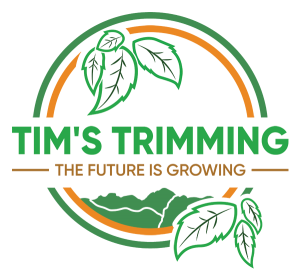Frequently Asked Questions
Below are are some of the frequently asked questions we receive. If you have one not listed below, please click FAQ, send us your question, and we’ll answer it ASAP!
Maintenance tasks vary by season. In spring, tasks may include pruning, fertilizing, and preparing the garden for growth. Summer maintenance involves regular watering, mowing, and pest control. Fall typically involves leaf clean-up, winterizing plants, and preparing for colder temperatures. Winter maintenance may include pruning, snow removal, and protecting vulnerable plants from frost.
Some strategies for creating a sustainable and water-efficient landscape include installing drip irrigation systems, using drought-tolerant plants, grouping plants with similar water needs, and incorporating water-saving features like rainwater harvesting.
Eco-friendly practices include using native plants, practicing water conservation, implementing proper irrigation systems, using organic fertilizers, composting, and minimizing pesticide use.
To attract pollinators, you can include a variety of flowering plants that provide nectar and pollen throughout the seasons. Planting native species, avoiding pesticide use, and creating habitat features like bee houses and water sources can also help attract pollinators.
To prevent weed growth, you can use a mulch to suppress weed growth, practice regular hand weeding, apply pre-emergent herbicides, and maintain healthy and dense plantings that outcompete weeds.
The tree and shrub trimming frequency depends on the specific species and their growth habits. Generally, it is recommended to prune them during the dormant season or after flowering, but it’s important to consult a professional to determine the best timing for each plant.
Improving yard drainage can be achieved by adding organic matter to the soil, creating slopes or grading to redirect water flow, and installing drainage systems like French drains or dry wells.
Various low-maintenance plant options are available, including native plants, succulents, and ornamental grasses. These plants are adapted to the local environment, require minimal watering and pruning, and are generally more resilient
The lawn fertilization frequency depends on the grass type and the specific fertilizer being used. As a general guideline, it is common to fertilize the lawn 2-4 times per year, with spacing between applications during active growth periods
The watering frequency depends on several factors, such as the type of plants, soil conditions, and climate. Generally, it is recommended to water deeply but infrequently, ensuring the water reaches the plant’s root zone.
Let’s Get Started
Take the first step towards a beautifully landscaped yard. Let’s initiate the process and turn your vision into reality.
